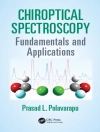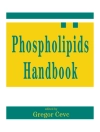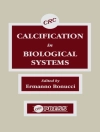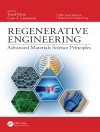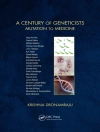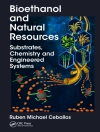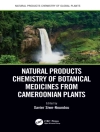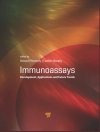This volume of the series Springer Briefs in Space Life Sciences explains the physics and biology of radiation in space, defines various forms of cosmic radiation and their dosimetry, and presents a range of exposure scenarios. It also discusses the effects of radiation on human health and describes the molecular mechanisms of heavy charged particles’ deleterious effects in the body. Lastly, it discusses countermeasures and addresses the vital question: Are we ready for launch?
Written for researchers in the space life sciences and space biomedicine, and for master’s students in biology, physics, and medicine, the book will also benefit all non-experts endeavouring to understand and enter space.
Table des matières
Chapter 1. General Introduction.- Chapter 2. Radiation in Space: The Physics.- Chapter 3. Radiation in Space: The Biology.- Chapter 4. Radiation Risk Assessment.- Chapter 5. Space Radiation Countermeasures.- Chapter 6. Challenges for Exploratory Missions.-
A propos de l’auteur
Christine E. Hellweg is Head of the Department of Radiation Biology at the Institute of Aerospace Medicine, German Aerospace Center (DLR) in Cologne, Germany. Her Department addresses aerospace-related topics concerning the effects of radiation on humans and the biosphere, as well as characterizing the unique radiation field in space. She studied Veterinary Medicine at the Freie Universität Berlin, where she currently teaches courses on immunology. She has conducted numerous biological experiments at heavy ion accelerators, and is a member of the International Academy of Astronautics (IAA).
Thomas Berger is Head of the Biophysics Working Group, Department of Radiation Biology. He studied physics at the Technical University of Vienna (TUW), Austria and graduated with a Ph D in Radiation Physics. His main research interests are in radiation protection, including the development of radiation detectors, and in investigating the radiation load received by humans for missionsbeyond Low Earth Orbit (LEO). He is currently the Principal Investigator (PI) for the DOSIS 3D experiment on board the International Space Station (ISS) and the Matroshka Astro Rad Radiation Experiment (MARE) project, which will accompany NASA’s Orion Exploration Mission 1 (EM-1) to the Moon.
Daniel Matthiä holds a Ph D in Physics and is a scientist in the Department of Radiation Biology at the Institute of Aerospace Medicine, German Aerospace Center. As an expert in the field of cosmic radiation and dosimetry in spaceflight and aviation, he has previously developed an engineering model for primary galactic cosmic radiation applicable in the field of radiation protection in space and aviation (DLR GCR Model) and the PANDOCA model for the assessment of aircrews’ radiation exposure. His main research interest is in the analysis and mitigation of radiation risk from galactic cosmic radiation and solar energetic particles.
Christa Baumstark-Khan was head of the Cellular Biodiagnostics group at the Institute of Aerospace Medicine, Department of Radiation Biology. She holds a professorship (radiobiology) at the Bonn-Rhein-Sieg University of Applied Sciences. She has extensive experience in radiation biology, and studied the role of gravity in DNA repair processes on the second International Microgravity Laboratory (IML-2) mission.


